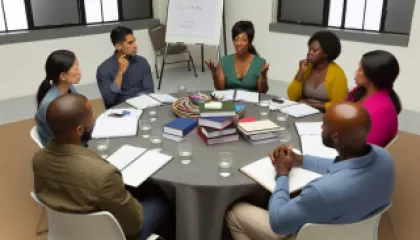Overcoming Adversity: My Path to Building Resilience
1 year ago
Resilience
Learning from 'Cocoon': Practical Care Tips for Aging Parents
1 year ago
Aging Parents
Step-by-Step Guide to Managing Toxic Relationships
1 year ago
Managing Toxic Relationships
Mastering the Mindset: My Journey to Embracing Success Psychology
1 year ago
Success Psychology
Exploring the Science of Personal Growth: Key Research Findings
1 year ago
Personal Growth
Unraveling the Psychology of Belief: Why We Hold Our Convictions
1 year ago
Psychology of Belief
Breaking Barriers: An Interview with a Diversity Expert on Confronting Bias
1 year ago
Confronting Bias
Rethinking Academic Stress: A Personal Perspective
1 year ago
Academic Stress
How Can You Effectively Overcome Your Fears?
1 year ago
Conquering Fears
Mastering the Art of Overcoming Resistance: A Comprehensive Guide
1 year ago
Understanding Resistance
10 Effective Strategies for Resolving Relationship Conflicts
1 year ago
Navigating Relationship Conflicts
Top 10 Diverse Relationship Types Redefining Love
1 year ago
Relationship Diversity












